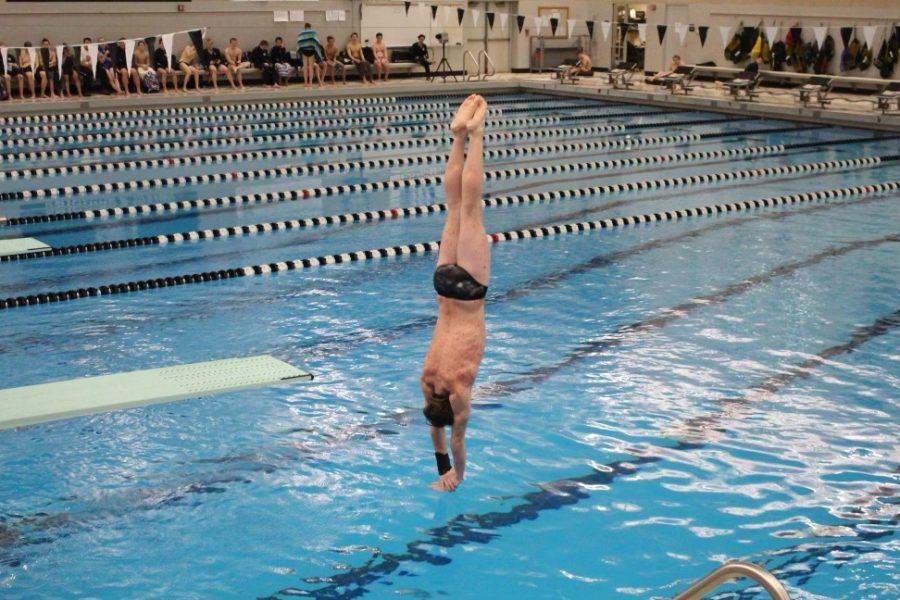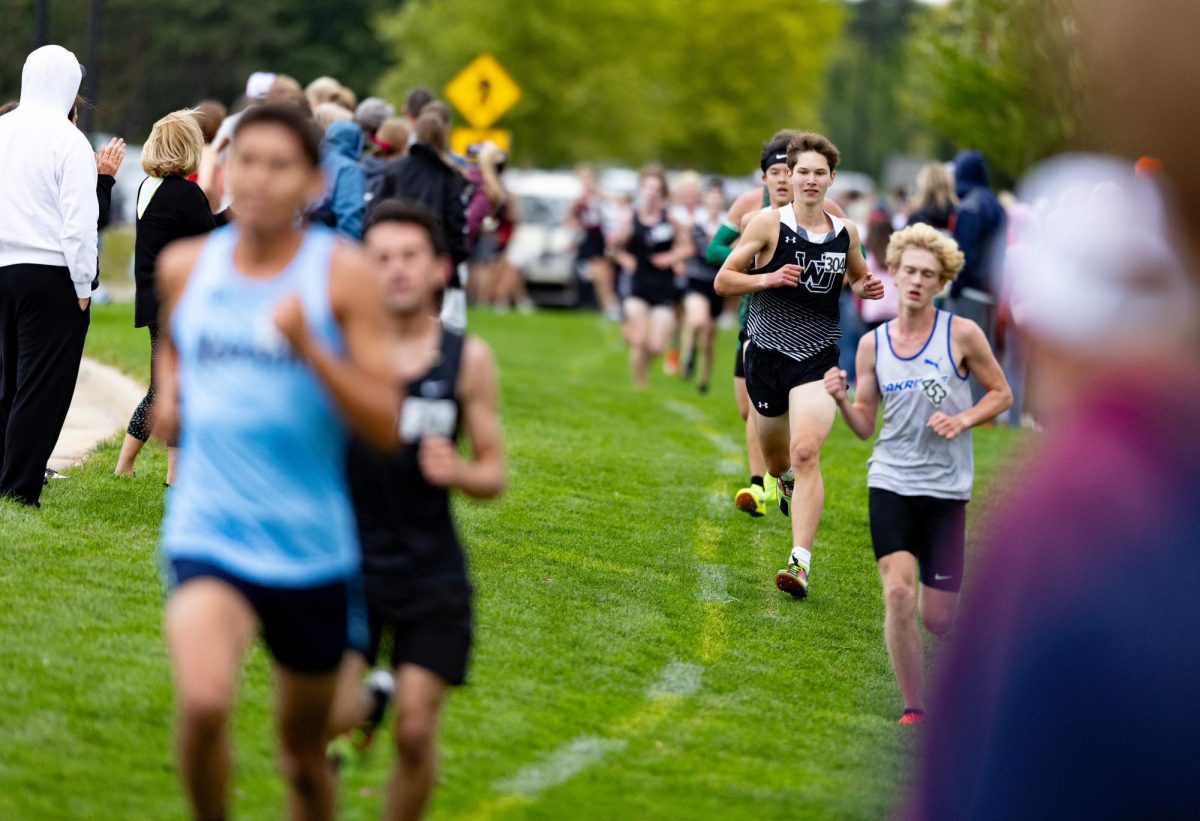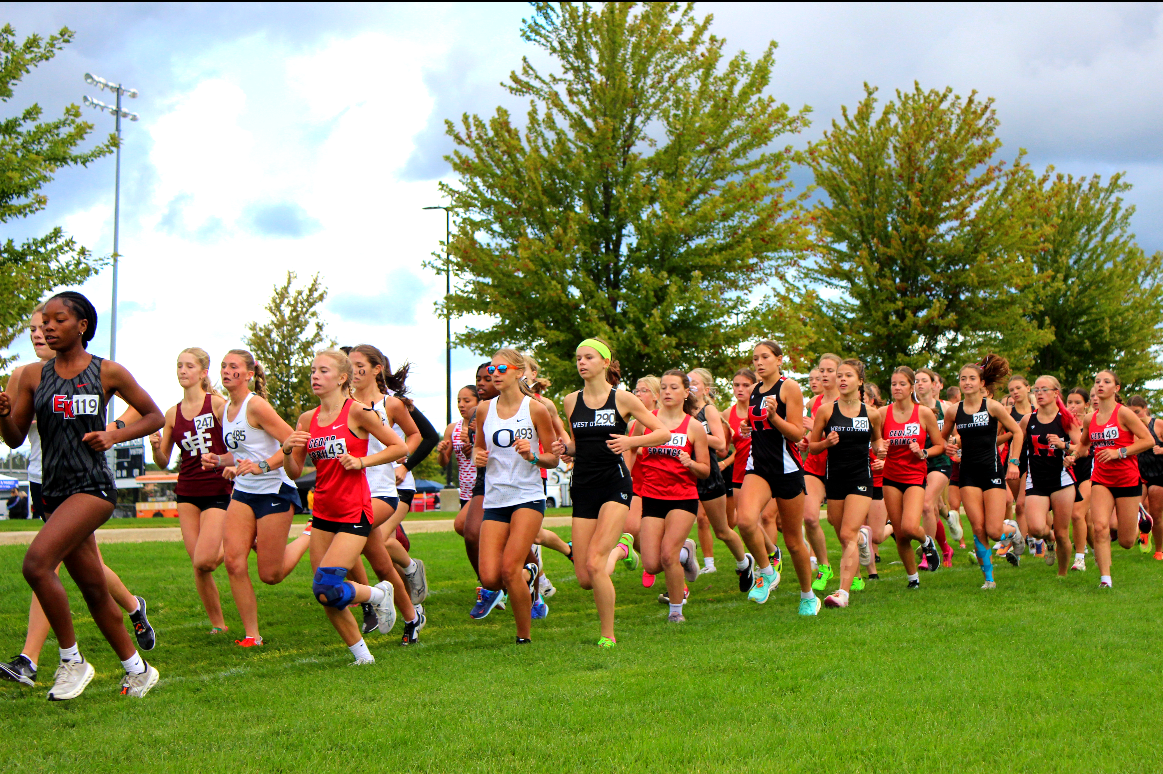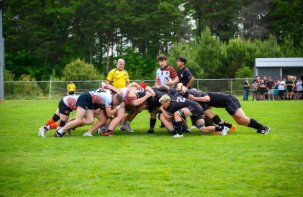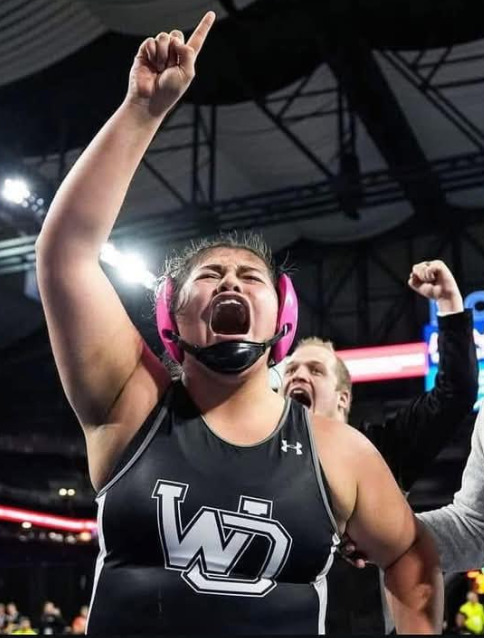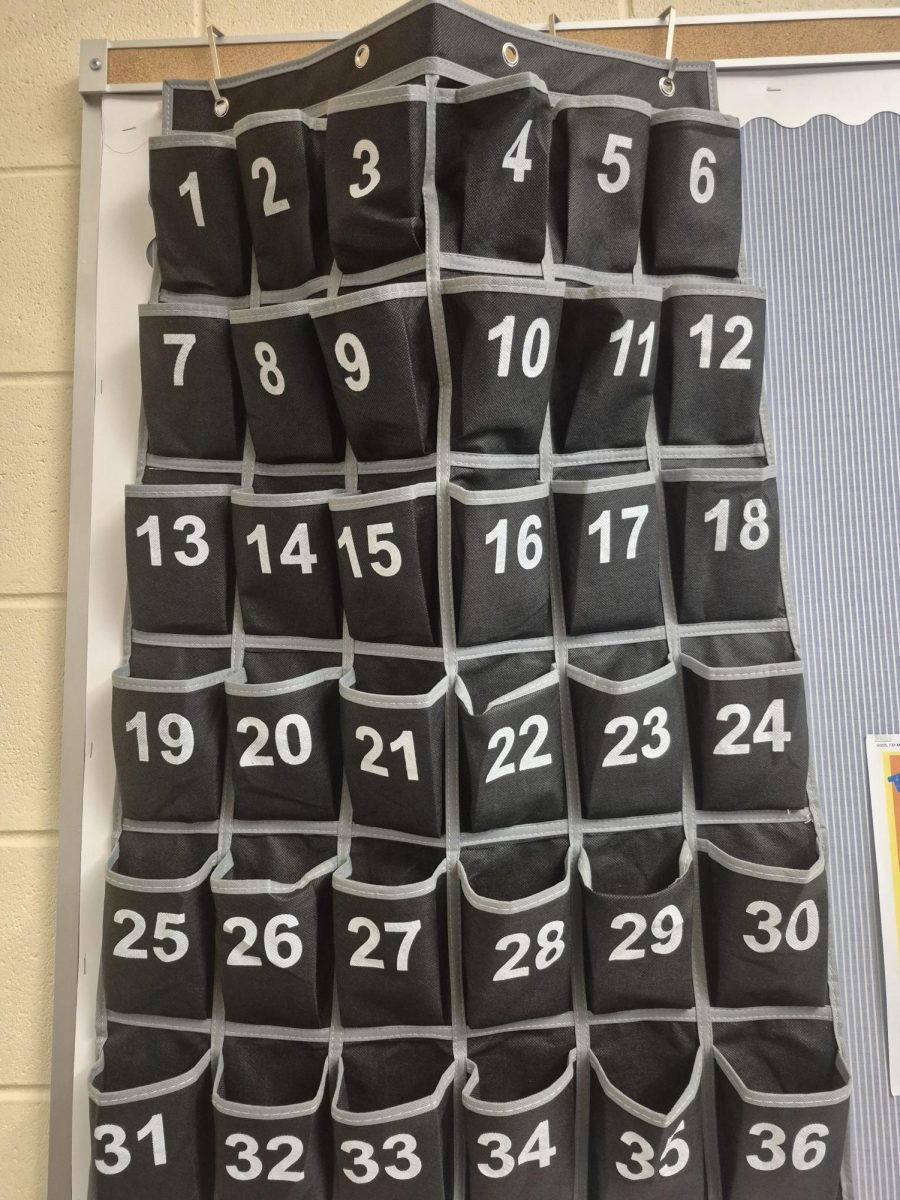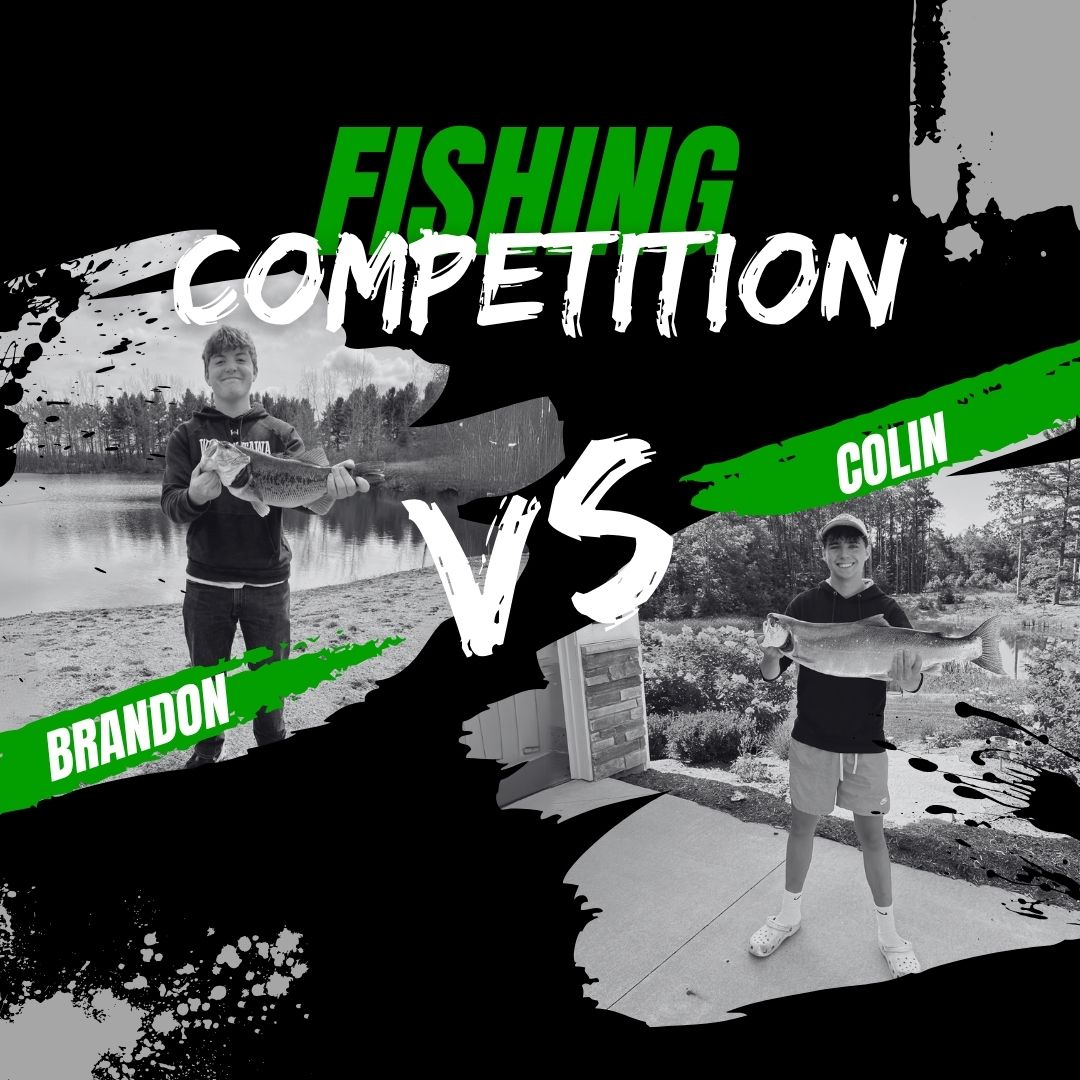Six o’clock at a local gas station, Jr. Diver Drew Black is pinned up on an old and rusty gas station fence after an SUV hit him. While Black is pinned to the fence wincing in pain, his friend throws the driver out of the car and immediately reverses to release Drew from the fence.
This incident and the resulting injuries are not out of the ordinary for Black, who has endured countless severe injuries most have never experienced. Black has a unique and practiced rehabilitation style. He trusts himself and listens to his body.
Black’s first “actual recovery” happened when he was eight, “I dislocated my ankle by landing awkwardly on my trampoline. I got off (the trampoline) and popped it back into place.” Black slowed his daily routine and wore an ankle brace when doing flips. Black ignored the minor pain and experienced a quick recovery.
“I only take action if the pain is really bad,” Black said. “I don’t think anyone would say it’s the safest way to recover, but it’s the fastest way.” Like most people, Black wants to get healthy fast. Hopefully, his recovery method doesn’t have any negative long-term effects.
Dr. Edward Maas, Radiologist of over 30 years, was told Black’s lengthy injury list and his eyes opened wide.
Maas said, “Rehabilitation can be painful and hard to complete, and therefore many patients don’t go through with the full requirements, but since Drew [Black] has a high pain threshold, I bet he can endure and not stress about the pain of rehabilitation.”
Black has cut many corners in rehabilitation; Black and Maas both believe that athletes like Black should be able to, and that it won’t affect performance.
Black is a diver on the WO swim team, but sometimes, Black cannot dive because of injury. When he can, his performance is nothing less than exceptional. Many college coaches caught onto the fact that Black is an outstanding diver, including schools like Oakland, Michigan State, and Georgetown, who contacted him about diving at the next level.
Black is an All-State diver, and if the COVID-19 pandemic didn’t end his season, he could’ve been All-American at the MHSAA D1 Championships.
Black also dislocated his knee tripping over his dog, “it happened out of nowhere and my kneecap popped out of place tearing a couple tendons in my knee.” When he could get back on the boards, he “started training my muscle back up and persevering through the pain to be ready to dive when the [high school] season starts.” After two hard months of recovery, he is finally diving at full capability.
“That injury[dislocated knee] caused the most drawbacks so far in training,” Black said. Black said his car accident only resulted in “cosmetic damage,” unlike his knee injury which prevented him to dive for two months.”
Black may not always listen to his doctors, but everything he does, he believes is in his best interest. His strategy has certainly been effective so far.
Hopefully Black doesn’t get injured again, but if he does, it won’t be long until he’s back on the boards.

